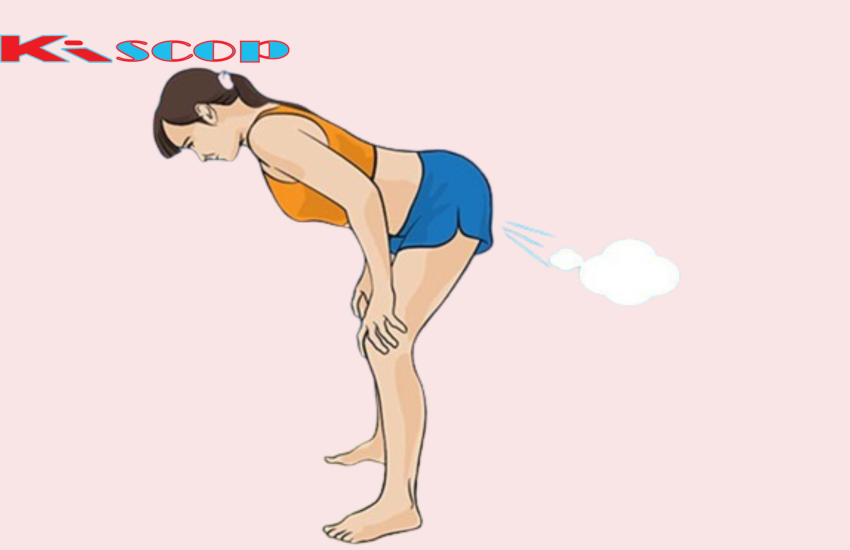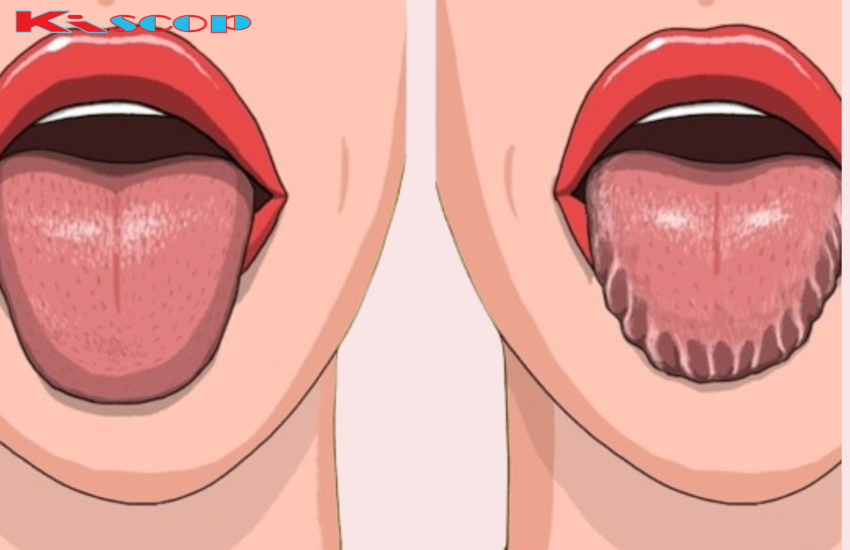5 Reasons Behind Breast Pain
Breast pain, also known as mastalgia, is a common experience for many women. While it can be concerning, breast pain is often not linked to serious conditions. Understanding the possible causes of breast pain can help alleviate anxiety and guide you in managing this discomfort. Here are five common reasons behind breast pain and what you can do about it.
1. Hormonal Fluctuations
Hormonal changes are one of the most common causes of breast pain. Many women experience cyclical breast pain, which is linked to the menstrual cycle. This type of pain usually occurs in the days leading up to menstruation, when estrogen and progesterone levels fluctuate. The pain is often described as dull, heavy, or aching and typically affects both breasts.
What to Do:
- Over-the-Counter Pain Relief: Nonsteroidal anti-inflammatory drugs (NSAIDs) like ibuprofen can help relieve the pain.
- Warm Compresses: Applying a warm compress to the affected area can soothe discomfort.
- Supportive Bras: Wearing a well-fitting, supportive bra can help reduce pain, especially during exercise or hormonal changes.
2. Breast Cysts
Breast cysts are fluid-filled sacs within the breast tissue and are another common cause of breast pain. Cysts can vary in size and may become tender, particularly before menstruation. Although breast cysts are usually benign (non-cancerous), they can cause discomfort, especially if they are large or if multiple cysts are present.
What to Do:
- Monitor Changes: Keep track of any changes in the size or tenderness of the cysts. If they become painful or larger, consult a healthcare provider.
- Medical Evaluation: If the cyst is causing significant discomfort, your doctor may recommend draining it to relieve pain.
- Regular Check-Ups: Regular breast exams can help monitor cysts and ensure they remain benign.
3. Muscle Strain
Sometimes, breast pain is not related to the breast tissue itself but rather to the muscles beneath or around the breasts. Straining the chest muscles, often from physical activities like heavy lifting or strenuous exercise, can lead to pain that is mistaken for breast pain. This pain might be sharp or aching and can worsen with certain movements.
What to Do:
- Rest and Recovery: Give your muscles time to heal by resting and avoiding activities that aggravate the pain.
- Pain Relief: Over-the-counter pain relievers and anti-inflammatory medications can help reduce muscle-related pain.
- Stretching Exercises: Gentle stretching exercises for the chest and shoulders can help alleviate muscle strain and prevent future issues.
4. Infections (Mastitis)
Mastitis is an infection of the breast tissue that can cause significant pain, swelling, warmth, and redness in the affected breast. It is most common in breastfeeding women, but it can occur in non-lactating women as well. Mastitis usually requires prompt medical attention to prevent complications.
What to Do:
- Seek Medical Attention: If you suspect mastitis, it’s important to see a doctor promptly. Antibiotics are often required to treat the infection.
- Warm Compresses: Applying warm compresses to the affected area can help reduce pain and promote healing.
- Continue Breastfeeding: If you are breastfeeding, continue to do so, as it can help clear the infection. Ensure your baby is latching properly to prevent further complications.
5. Breast Trauma
Direct injury to the



